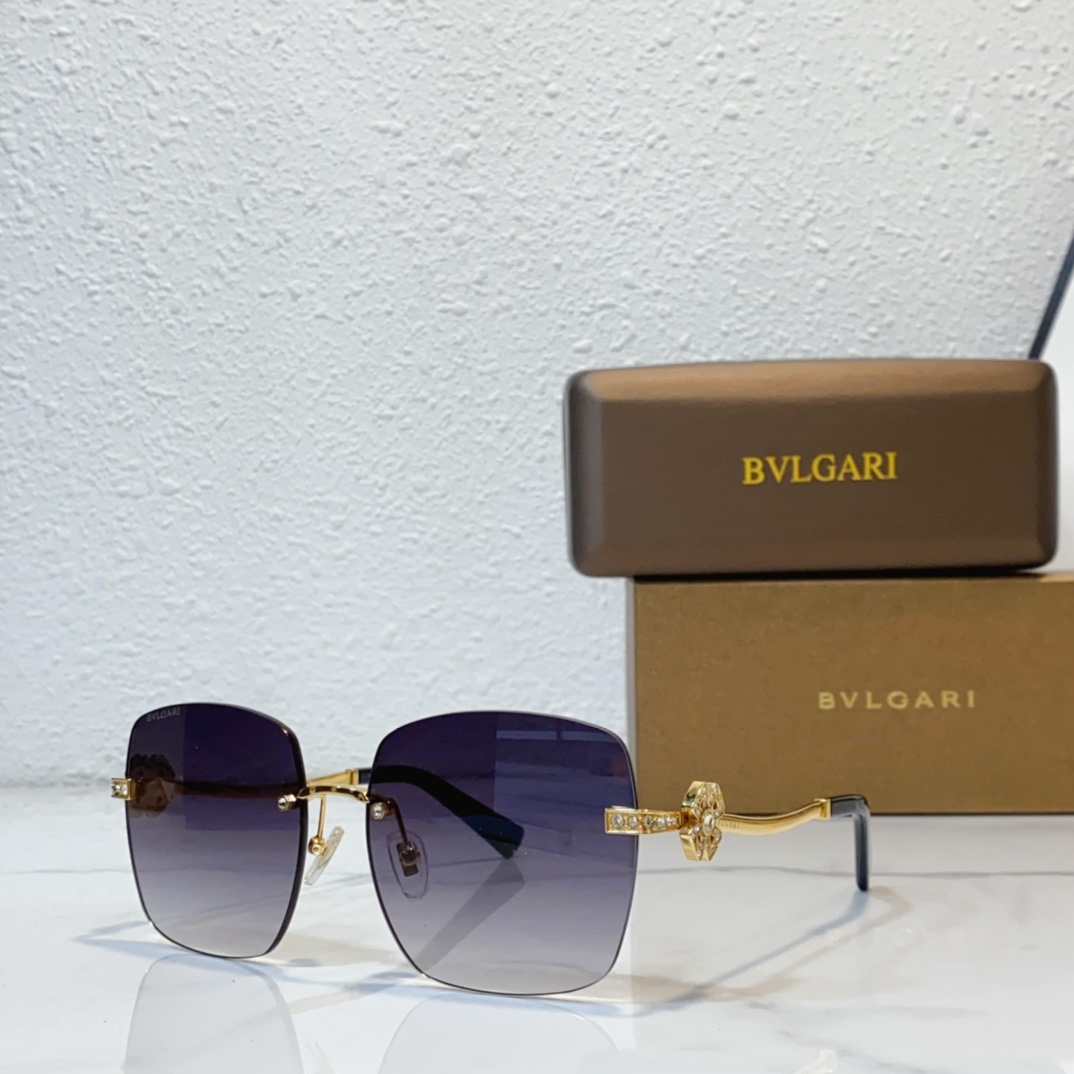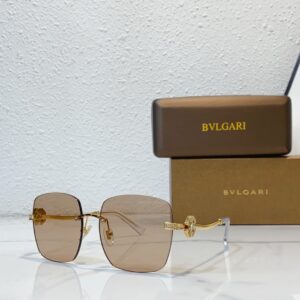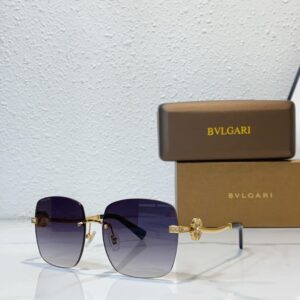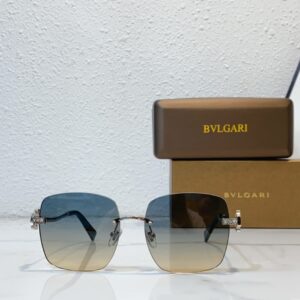The Impact of Climate on Sunglasses Styles
The interplay between climate and sunglasses styles is a significant aspect of the eyewear industry, reflecting both aesthetic choices and practical needs. Different geographical environments significantly influence the designs, materials, and functionalities of sunglasses worn by individuals. In tropical climates, where sunlight is intense and humidity is high, oversized frames and polarized lenses are popular due to their ability to provide maximum coverage and glare reduction. These sunglasses are designed to block harmful UV rays, offering essential protection for individuals exposed to prolonged sunlight.
Conversely, in temperate regions, where the climate can be more variable, sunglasses tend to reflect a blend of form and function. The styles may include a range of frames from sporty to chic, accommodating various weather conditions. For example, sunglasses equipped with interchangeable lenses allow wearers to adapt to changing environments, managing both UV exposure during sunnier days and the dimming light during overcast conditions. Such versatility showcases an understanding of local climate demands, ensuring that users have options that align with their lifestyles.
In polar climates, where sunlight may be less intense but can still reflect off snow and ice, sunglasses take on a more functional approach. They often feature specialized lens technology, such as dark polarizing filters and anti-fog coatings, designed to manage glare and ensure clear vision in harsh lighting conditions. The use of lightweight and durable materials is also common, as these sunglasses need to withstand extreme temperatures and varying weather conditions.
The influence of climate trends not only shapes eyewear styles but also affects the materials used in crafting sunglasses. Many brands are now prioritizing eco-friendly materials, catering to the growing demand for sustainable fashion across all climates. This evolving focus reflects a wider shift towards environmental consciousness in design, driven by consumer demands for both functionality and sustainability.
Cultural Trends and Climate-Based Choices
The interplay between culture and climate significantly influences consumer choices, particularly in the fashion accessory market, including sunglasses. In sunny regions, sunglasses are often perceived as essential items for protection against harmful UV rays, while simultaneously serving as fashion statements that reflect local aesthetics and lifestyle. For instance, in places like Los Angeles or Miami, brands frequently market oversized and colorful sunglasses, aligning with the vibrant, outdoorsy lifestyle associated with these sunny climates. Here, sunglasses may feature bold designs and bright hues, aiming to capture the attention of both locals and tourists drawn to the area’s sunny disposition.
Conversely, in regions characterized by overcast skies or a colder climate, such as London or Seattle, the perception of sunglasses shifts. Here, sunglasses are less prominently featured in everyday wear and are often viewed as seasonal accessories, used primarily during vacations in sunnier locales. The marketing strategies in these areas often embrace functionality over fashion, promoting sunglasses primarily as travel essentials rather than daily wear. This results in a focus on classic styles with muted colors that can complement a diverse range of outfits.
The influence of celebrities and social media further compounds these cultural perceptions. High-profile endorsements and social media trends often dictate what is deemed fashionable in sunglasses across different climates. For instance, a summer music festival in a sunny locale may see influencers sporting striking, artistically designed sunglasses, thereby setting a trend that reverberates across social media platforms. Such cultural events act as catalysts for trends, dictating the styles and choices prevalent within a specific climate context. Through these cultural narratives shaped by climate, sunglasses emerge not just as protective eyewear but as important cultural symbols linked to identity and lifestyle preferences.
The Psychology Behind Wearing Sunglasses
Wearing sunglasses often goes beyond mere functionality; it embodies a range of psychological nuances that influence individuals’ choices and perceptions in various climates. The association between sunglasses and concepts such as anonymity and coolness can significantly shape how one feels in public spaces. In sunny weather, the act of donning a pair of stylish shades often brings about a sense of confidence and empowerment, with wearers feeling more self-assured in their appearance.
Research has shown that sunglasses can act as a social mask, providing anonymity and privacy to individuals in crowded settings. This psychological shielding can lead to increased feelings of comfort and freedom, encouraging more spontaneous interactions or, conversely, promoting solitude. The ability to obscure one’s eyes can create an enigmatic presence that many find appealing, thus enhancing the allure of sunglasses as a fashionable accessory. Furthermore, studies indicate that the perception of “coolness” attributed to sunglasses is amplified in sunny environments, where bright weather tends to foster uplifting moods and positive behavioral responses.
Moreover, the impact of climate on emotional well-being cannot be overlooked. Bright sunny days are often linked to vitality and energy, which can elevate one’s mood and, by extension, influence their behavioral inclinations. In contrast, wearing sunglasses in harsher weather, such as during high heat or glaring glare, can also be interpreted as a protective measure, both physically and emotionally. This dual nature allows individuals to navigate their surroundings more comfortably, creating a blend of style and pragmatism that resonates deeply during specific weather conditions. In summary, the psychological aspects of sunglasses reveal a complex interplay between fashion, comfort, and emotional response, illustrating why they remain a salient choice across varying climates.
Choosing the Right Sunglasses for Your Climate
When selecting sunglasses, it is crucial to consider the specific climate in which you reside or frequently visit. The primary focus should be on UV protection, as harmful rays can have damaging effects on the eyes regardless of the prevailing weather conditions. Opt for sunglasses that offer 100% UVA and UVB protection, ensuring that your eyes remain safeguarded from the sun’s intense glare, especially in sunny climates.
The lens type also plays a significant role in the functionality of sunglasses. Darker lenses are often preferred in bright environments, but polarized lenses can enhance visual comfort by reducing glare from reflective surfaces, such as water or snow. This is particularly beneficial for those living in sunny or snowy regions where light reflection is common. Conversely, lighter lenses may be appropriate for less bright climates, as they can offer adequate protection without compromising visibility.
Frame materials are another consideration that varies by climate. For individuals in warmer areas, lightweight and breathable frames, such as those made from nylon or polycarbonate, may be ideal. In contrast, those who experience harsh weather conditions should consider more robust materials, such as metal, which can withstand fluctuations in temperature and maintain durability over time.
Your personal style preferences should not be overlooked during this selection process. Selecting sunglasses that reflect your individual aesthetic ensures that functionality does not come at the cost of personal expression. Additionally, for environmentally conscious consumers, exploring sustainable options is increasingly important. Many brands now offer sunglasses made from recycled materials or eco-friendly production processes, allowing people to support the environment while expressing their unique style.



